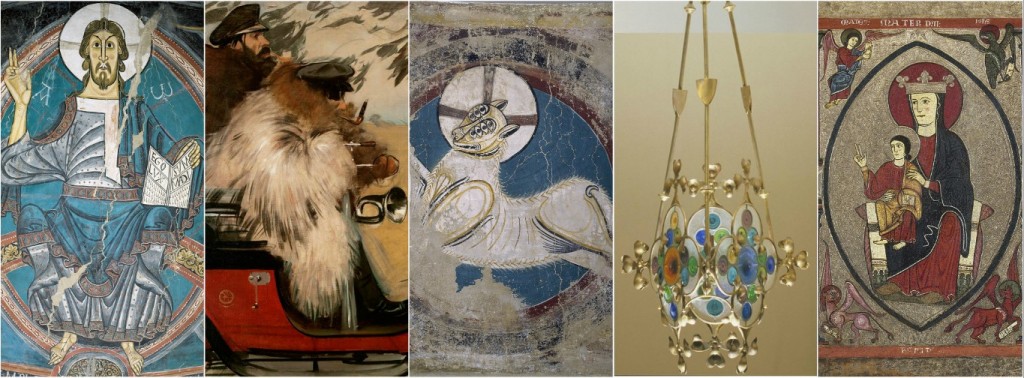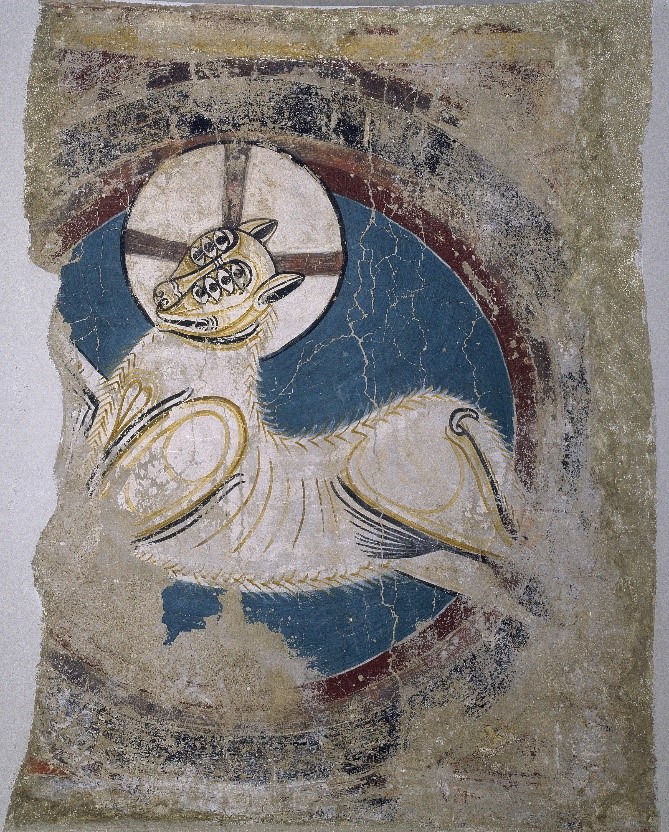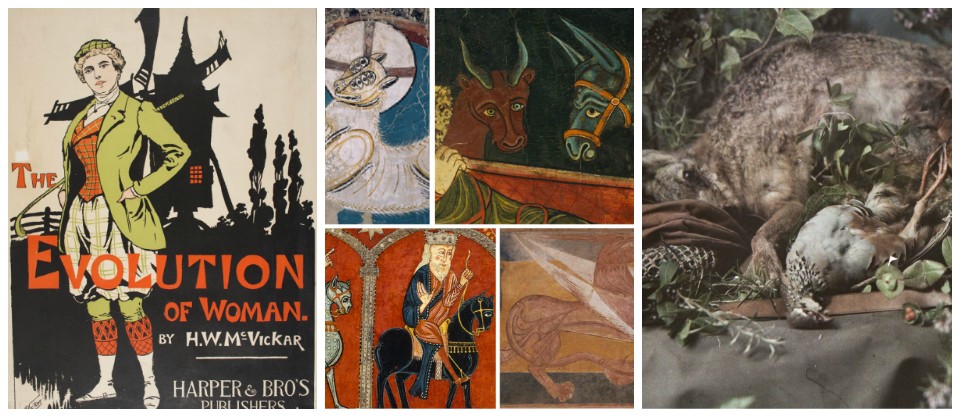In the digital environment we want the experience of the users to be enriching. That’s why, in our museum’s website you can find different virtual tours which present complementary tours to the visits onsite. The significance of the presence of certain animals in Romanesque works or the relation between music and image are some of the curiosities that you can find when browsing these itineraries.
We have analysed which of the 9 tours offered are the most visited by the website’s users, and here we mention the top five of the ranking.
The Romanesque in context: where, when and how
An in-depth view of the Romanesque, the first western medieval art that achieved homogeneity and internationalisation. The term Romanesque was adopted in the 14th century to designate some artistic manifestation that was considered to be indebted to ancient Roman art, especially architecture. Through this tour, you will be able to get to know the origins and characteristics of the collection of Medieval Romanesque art (11th to 13th centuries) of the museum, one of the most important in the world.
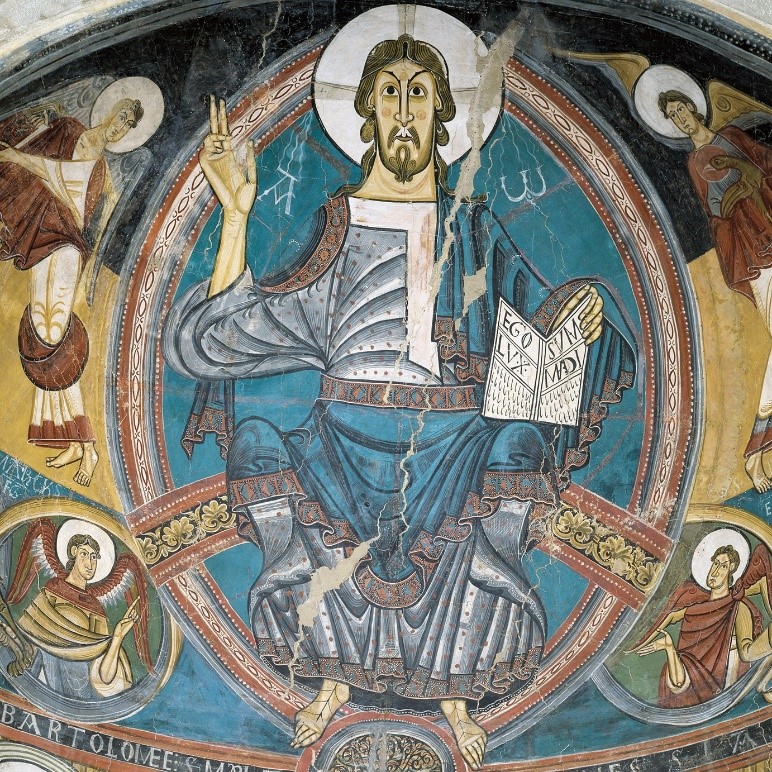
Apse of Sant Climent de Taüll, circa 1123
At a glance
A journey through 35 works that allow you to get to know closely the diversity and richness of the museum’s collection. From the Romanesque to the avant-garde; from mural paintings to treasures of coins; from the Master of Sant Climent de Taüll to Salvador Dalí. All of this based on the online catalogue that offers knowledge capsules of some of the works.
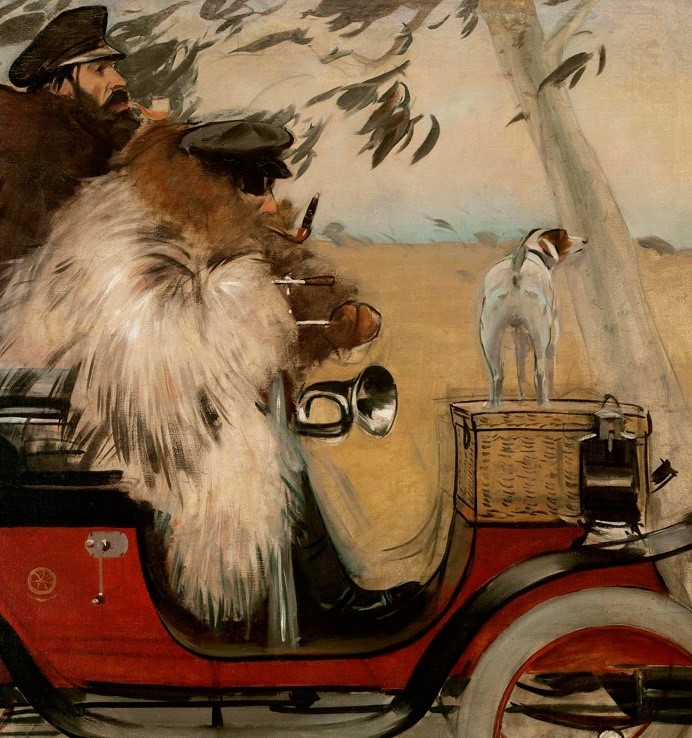
Ramon Casas, Ramon Casas and Pere Romeu in a motor car, 1901
The bestiary in the Romanesque
Discovering the moralizing trend of the bestiary. From the 12th century onwards, the medieval thinkers discovered nature as a way of getting knowledge, and the animals would become examples for human behaviour. In numerous artworks of the museum, you can see this idea reflected, with the appearance of both real and fantastic animals, the result of the imagination of the time.
Board dedicated to the bestiary on Pinterest.
The modernist interiors in Barcelona
Modernism in the Catalan artistic context. This virtual tour provides the most representative example of Modern Art in the city of Barcelona. We specially highlight the decorative arts. The enormous constructive activity after the Universal Exhibition of 1888 led to a golden period for architects and their designs would invade all the spaces of everyday life.
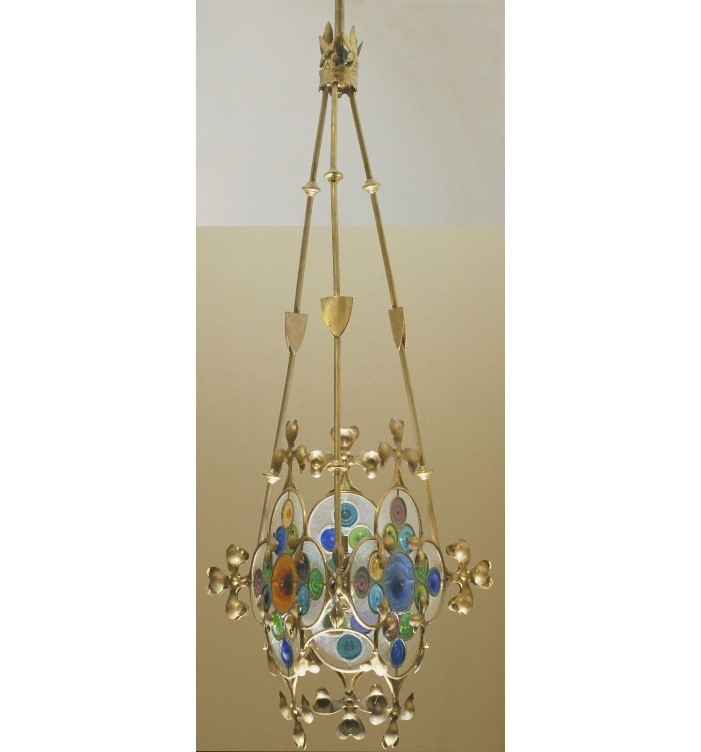
Josep Puig i Cadafalch, Hanging lamp with floral decoration, circa 1900
The voices of the Romanesque
The relation between the images and the Romanesque music. An interesting audiotour that reveals how the societies of the Romanesque years were used to listening with their eyes, to look narratively at the messages of the art. This tour invites the users to share the experience by means of audio recordings of representative songs from the medieval period, a time in which the artists created the works they had listened to.
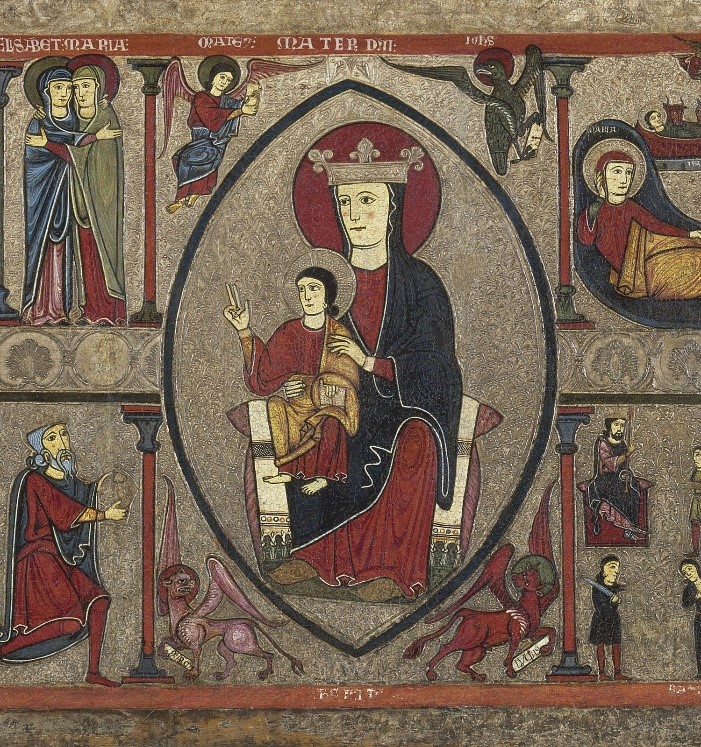
Iohannes. Workshop of La Ribagorça, Altar frontal from Cardet, second half of the 13th century
As can be deduced, the Romanesque is, without doubt, the art for which the virtual users feel greater curiosity, both due to its origin as well as for its lesser known singularities. We shouldn’t however underestimate the modernism, the other strength of the museum’s collection: the tours which passes through some of the modernist interiors are also some of the most visited: a parallel tour around the city of Barcelona, which makes known the maximum components of the modern architecture of the 19th and 20th centuries. The first most seen tour in English, but the second one in Catalan and Spanish is At a glance, which takes a look at the diversity of the collection of the museum in all its aspects, what you shouldn’t miss if you only have a couple of hours to visit the museum, and you want to go away with an overall view.
To finish this post we include the personal comments of Cristina Juan, an internship student, who has left us with her impression about the virtual tours of the website. We leave you with what she said, because her interests and her concerns could also be yours. And with these thoughts, we invite you to take a look inside this section of the website and turn it into reality if you haven’t ever visited the museum in person:
«Curiosity led me to open the section of the website dedicated to the virtual tours of the collection. There are nine tours. The first thing that caught my eye was the topics being offered. “The bestiary in the Romanesque”, “The evolution of the woman” or “The music of the still lifes” are some of the questions that started to indicate to me the singularity of its contents. Each of these tours takes a step into the art in an original and alternative way, we become submerged, as virtual visitors, in some works, of which the significance is revealed of some of the elements they are made up of.
»We discover details that to the naked eye go unnoticed. For example, one of the paintings of the Sixena, the one that shows a Griffin (a hybrid being with the head of an eagle and the body of a lion), fighting against a winged dragon, is a scene, beyond what we can see, that represents the eternal fight between good and bad.
»Or, based on the works of the museum, they explain topics to us that we don’t know about or don’t expect to discover in an art museum. Thus, for example, in the tour about the evolution of the woman, through the transformations in fashion and the design of clothes during the period of modernism and art deco, we arrive to the suffragette movement that fought for women’s rights.
»And not everything is art, there is also music, the music that inspired the works of art. As such, in the work Apse of Santa Maria d’Àneu we can see a Maiestas Mariae, at the foot of which some winged creatures are singing a triple song of praise to the Father, the Son and the Holy Spirit. A hymn that would go on to form part of the Gregorian repertoire, represented in a work in which the image and music go hand in hand.
»These curiosities are some of the many that the virtual tours reveal. Without doubt, a dose of knowledge that will help us to visit the collection of the museum and see things in a different way, being able to find these details in the works and understanding the reality of the context in which they were created.»

